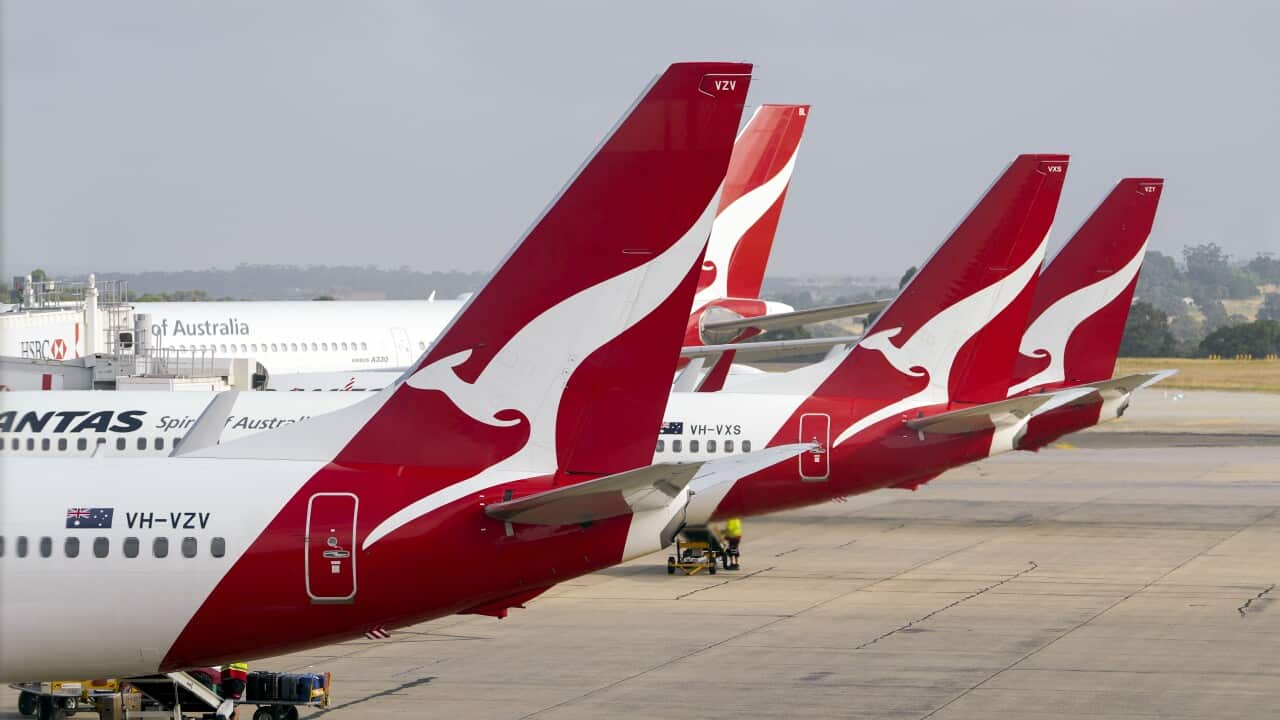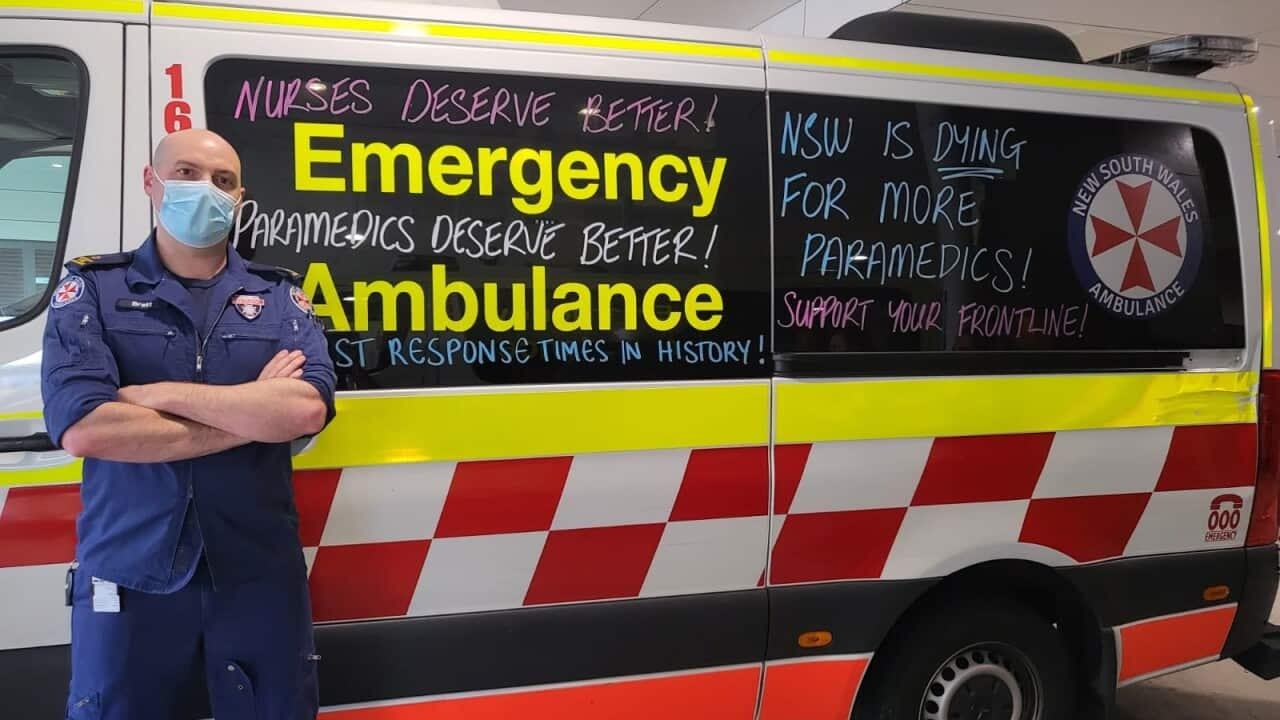Key Points
- Patients in NSW faced longer waits for ambulances and care in emergency departments
- One-quarter of people waited just four hours or less, and one in ten waited longer than 18 hours and 29 minutes in ED
Patients in NSW faced longer waits for ambulances and care in emergency departments as the state grappled with the COVID-19 Omicron variant, according to new data.
The health system was under stress as non-urgent elective surgery was suspended, and the government relaxed some public health restrictions between January to March of 2022, new statistics from the Bureau of Health Information (BHI) Quarterly Report has shown.
"January to March saw the suspension and subsequent resumption of some non-urgent elective surgery and the relaxing of public health restrictions," BHI Chief Executive Dr Diane Watson said.
Some 734,704 people attended emergency departments during the period, down 2.8 per cent from the pre-pandemic period in 2019, but well above levels from five years ago.
The total number of people admitted to hospital from ED fell 15.6 per cent from pre-pandemic levels, and those people generally waited longer.
One-quarter of people waited just four hours or less, and one in ten waited longer than 18 hours and 29 minutes in ED - a rise from 13 hours and 24 minutes before the pandemic.
Some 326,544 ambulance responses were made during the period, up 6.1 per cent from before the pandemic.
Demand for ambulances has been steadily increasing over the last five years, and a record number of highest priority cases were attended.
Ambulances took 8.8 minutes to arrive to the highest priority calls on average, the longest response time since 2010.
Only 60.2 per cent of responses for high priority calls were reached within the benchmark ten minutes, the lowest result since 2010.
On average it took 15.7 minutes for an emergency ambulance to arrive, the longest wait-time result the BHI has reported.
Non-urgent elective surgery was suspended during this period to help ease demand on the system.
In March 2022, 100,980 people were waiting for elective surgery, close to the peak of 101,024 in mid-2020, with some 18,627 longer than recommended.
Almost all of those waiting were classed as non-urgent and semi-urgent.
Demand for elective surgery did fall 27.8 per cent from pre-pandemic levels.
One in ten patients who underwent non-urgent surgery had been waiting longer than one year and 100 days.
NSW Health Secretary Susan Pearce said the period was one of the most challenging of the pandemic and she was thankful to health staff for their work.
"The work they have done - and continue to do - to care for the people of NSW is remarkable" Ms Pearce said.
"We have never seen a period like it before, from the huge volume of COVID-19 cases to the thousands of furloughed staff, and I want to thank the community for their understanding and patience as we faced the many challenges that came our way."
Emergency departments remain under significant pressure from COVID-19 cases and a surge in flu infections impacting staff numbers, Ms Pearce said.
Those issues were being addressed by increasing bed capacity, deploying available clinical staff to high demand care areas and improving the timeliness of patient discharge.
She said the community could do its part by only using emergency departments and ambulances in emergencies.
Since the pause on elective surgeries was eased, the government has invested $485.5 million to fast track procedures, Ms Pearce added.
The government has also committed to recruiting 10,148 full-time equivalent staff to hospitals over the coming four years as part of the upcoming NSW budget.












